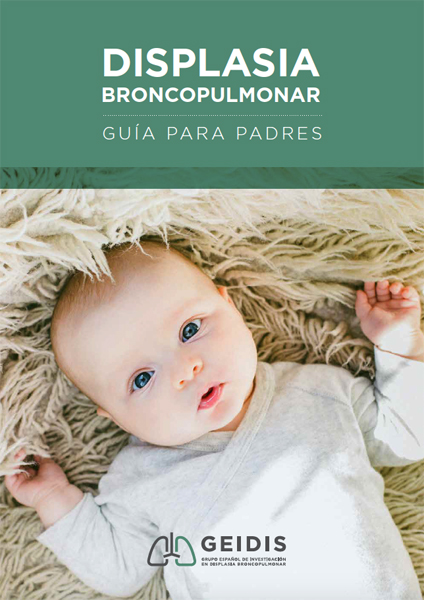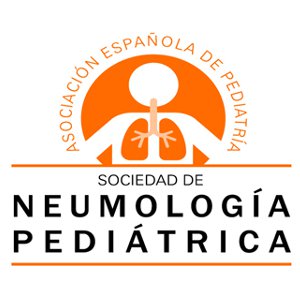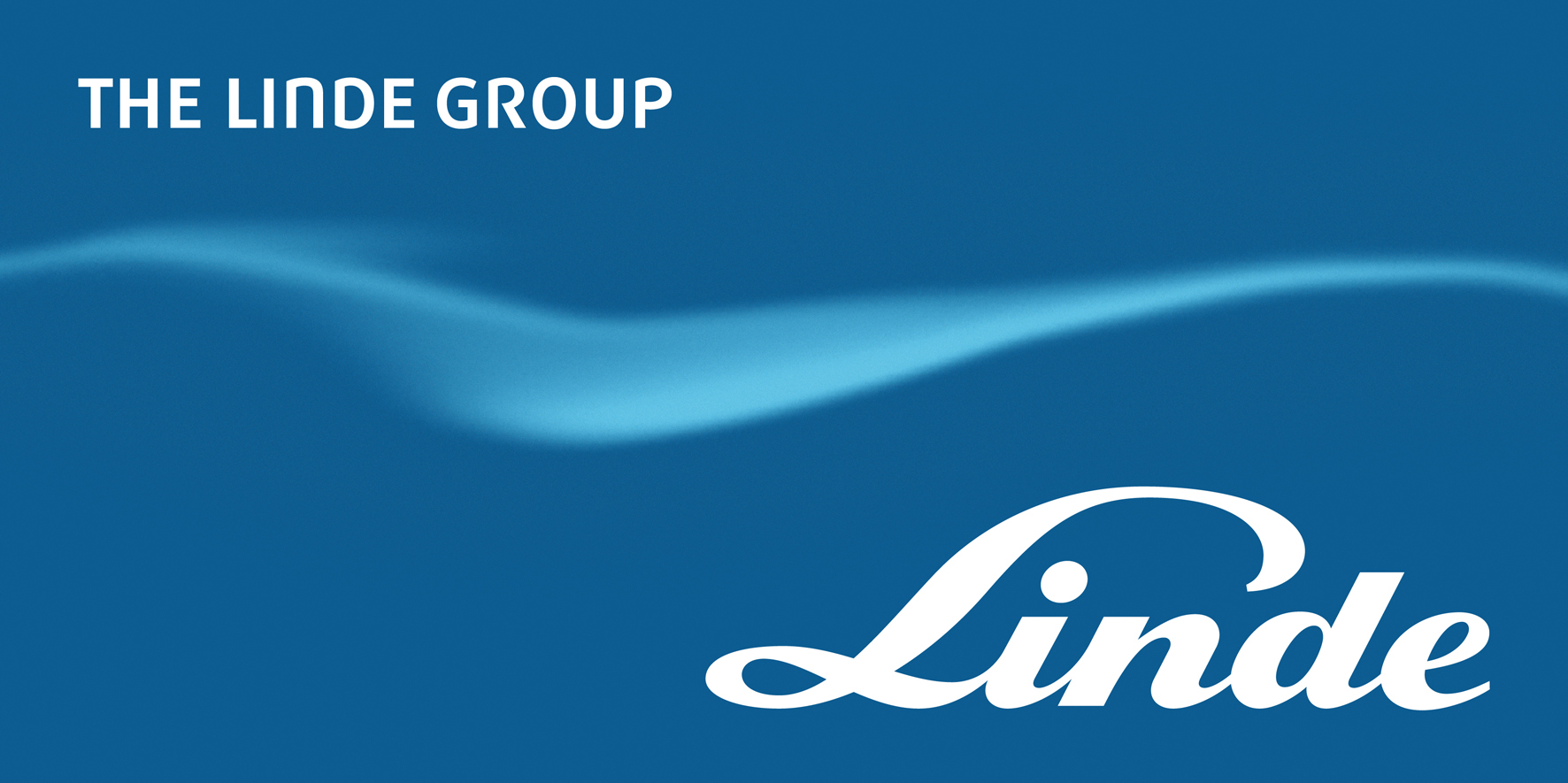ARTÍCULOS DE GEIDIS
Risk factors and bronchopulmonary dysplasia severity: data from the Spanish Bronchopulmonary Dysplasia Research Network.
GEIDIS is a national-based research-net registry of patients with bronchopulmonary dysplasia (BPD) from public and private Spanish hospitals. It was created to provide data on the clinical characterization and follow-up of infants with BPD until adulthood. The purpose of this observational study was to analyze the characteristics and the impact of perinatal risk factors on BPD severity. The study included 1755 preterm patients diagnosed with BPD. Of the total sample, 90.6% (n = 1591) were less than 30 weeks of gestation. The median gestational age was 27.1 weeks (25.8-28.5) and median birth weight 885 g (740-1,070 g). A total of 52.5% (n = 922) were classified as mild (type 1), 25.3% (n = 444) were moderate (type 2), and 22.2% (n = 389) were severe BPD (type 3). In patients born at under 30 weeks' gestation, most pre-and postnatal risk factors for type 2/3 BPD were associated with the length of exposure to mechanical ventilation (MV). Independent prenatal risk factors were male gender, oligohydramnios, and intrauterine growth restriction. Postnatal risk factors included the need for FiO2 of > 0.30 in the delivery room, nosocomial pneumonia, and the length of exposure to MV. Conclusion: In this national-based research-net registry of BPD patients, the length of MV is the most important risk factor associated with type 2/3 BPD. Among type 3 BPD patients, those who required an FiO2 > .30 at 36 weeks' postmenstrual age had a higher morbidity, during hospitalization and at discharge, compared to those with nasal positive pressure but FiO2 < .30. What is Known: • BPD is a highly complex multifactorial disease associated with preterm birth. What is New: • The length of exposure to mechanical ventilation is the most important postnatal risk factor associated to bronchopulmonary severity which modulate the effect of most pre and postnatal risk factors. • Among patients with BPD, the requirement for FiO2 >.30% at 36 weeks of postmenstrual age is associated with greater morbidity during hospitalization and at discharge.




















